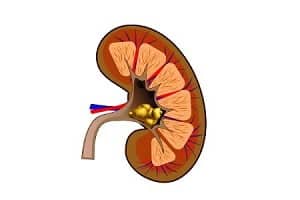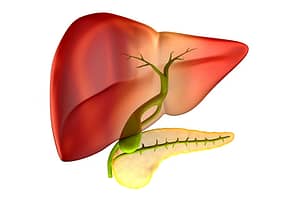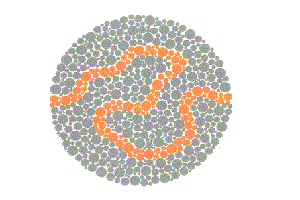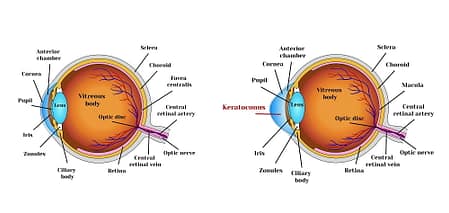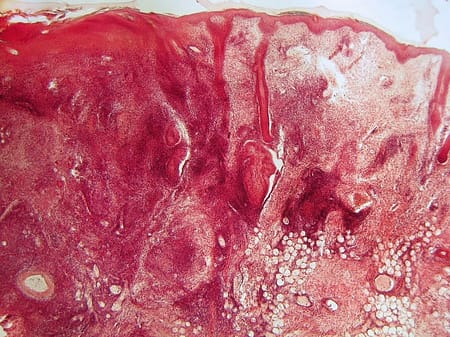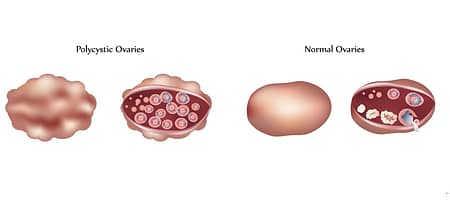Browsing: Color Blindness
Comprehensive Information, Resources, and Support on Color Blindness
Retinal Cells Grown in Lab Provide Clues to Color Blindness Treatment
Scientists are now able to grow human retinal cells in the lab. This is a big atempt to understand the basis of color vision in humans and to understand color blindness and other retinal disorders. The research is believed to help develop future therapies for eye disorders such as color blindness or macular degeneration, diabetic retinopathy, age-related damage etc.
Your retina is the light-sensitive layer of tissue that lines the inside of your eye. It sends visual messages through the optic nerve to the brain. When the retina detaches, it is lifted from its normal position. This can lead to retinal detachment, if not treated, causing even permanent loss of vision.
Dr Shinobu Ishihara from Japan introduced the most popularly known color blindness test in 1917. The test is a color perception test for red-green color deficiencies. It consists of a set of colored dotted plates (PseudoIsochromatic Plate or PIP), each of which shows certain numbers or patterns such as random lines.
Photo-pigments in cones help in viewing all possible colors. Any defect in cones lead to color vision deficiency or color blindness. Quantitative tests such as Ishihara test, etc are mainly used to analyze color vision deficiency and color blindness.
Color blindness is a condition in which a person is unable to differentiate between colors. Color blindness is not a form of complete blindness instead it is a deficiency which doesn’t allow a person to see certain specific colors such as yellow and blue or red and green.
Color blindness is a defect which occurs when the retina has fewer or none of at least one type of cone. This leads to loss of color spectrum. Research on monkeys and mice prove that gene therapy will benefit humans also but, there are some risks associated with it.
Blue-Yellow Color Blindness or Blue-Green Color Blindness
Colorblindness is often an inherited condition but if we specifically look for blue yellow colorblindness, more cases are occur as a result of non-genetic factors. It is a rare condition and is estimated to occur in about 1 in 30-50,000 persons.
Red-Blue Color Blindness
There are three main kinds of color blindness broadly based on the types of photopigment defects that may be present in the three different kinds of cones of your eyes that respond to the different lights – blue, green, and red light. The cones recognize these lights based on their wavelengths. Check out how red blue color blind people perceive these colors.
Cure For Color Blindness
Scientists are working to find a cure for colorblindness and understand the condition better. However, as yet, there is no cure for it. A doctor can recommend you one of these things to manage the condition better so as not to affect your daily life activities. Read for more.
Red-Green Color Blindness
Colorblindness is a genetic condition. About 300 million people in the world are estimated to suffer from color vision deficiency. There is no cure for red and green colorblindness, but its effect can be reduced temporarily with the help of EdChroma glasses.
